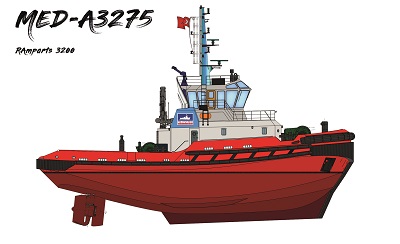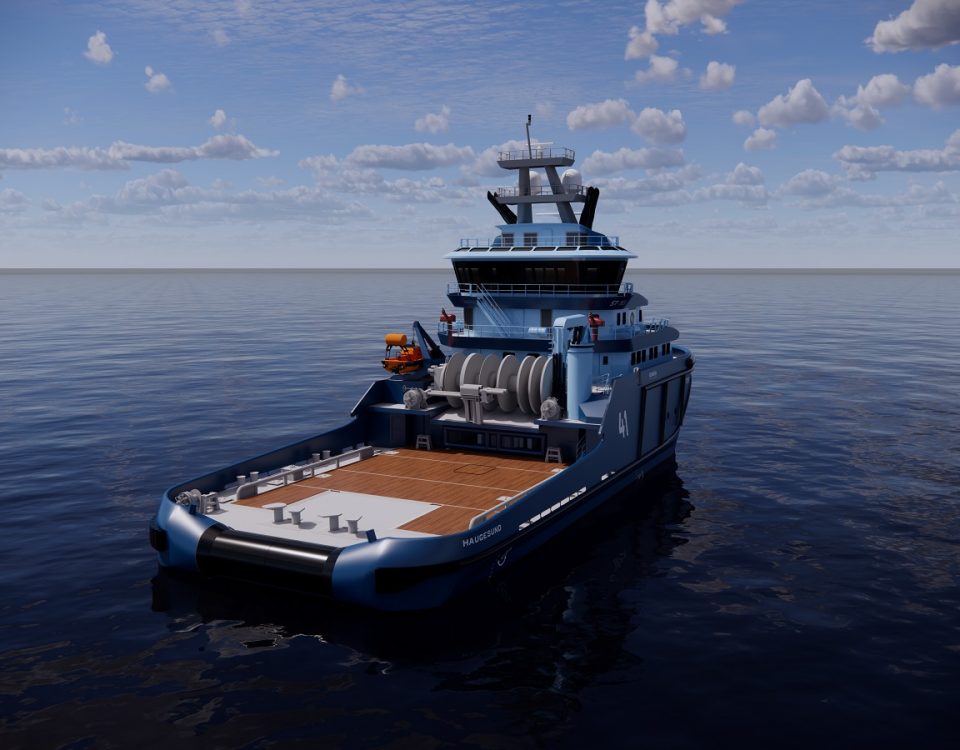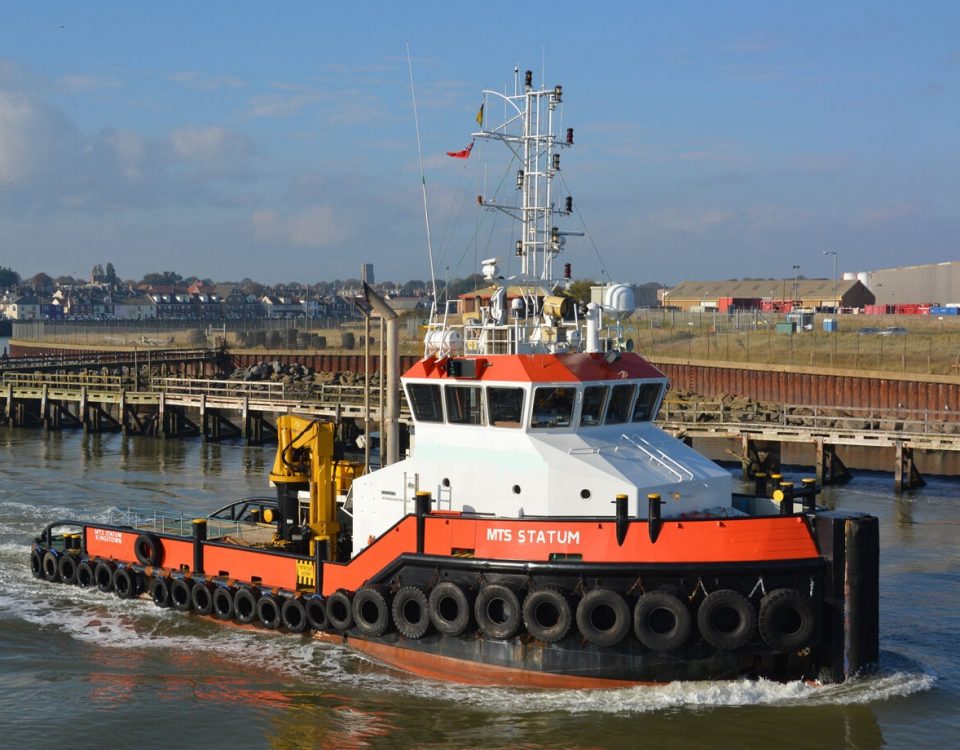This website uses cookies so that we can provide you with the best user experience possible. Cookie information is stored in your browser and performs functions such as recognising you when you return to our website and helping our team to understand which sections of the website you find most interesting and useful.
Med Marine: Turkish-built tug equipped with SCHOTTEL bestseller

PSA Marine Achieves Exciting Milestone with Acquisition of Tramarsa Flota
13/02/2020
Vane Brothers takes delivery of 3,000-HP Annapolis push tug
21/02/2020SCHOTTEL has secured a contract with Turkish shipbuilder Med Marine to provide propulsion units for a newly built escort and harbour tug. The Robert-Allan-designed tugboat is under construction at the Ereğli Shipyard in Northern Turkey. It will be used for harbour and terminal operations as well as for coastal towing.
Recai Hakan Şen, CEO of Med Marine: “SCHOTTEL is a company which proves itself in the marine business through its technical understanding and quality. Equipping our tugs with their propulsion solutions contributes to the saleability of our vessels. Working with SCHOTTEL, which is very professional and successful in technical issues, is quite easy and enjoyable.”

Maximum manoeuvrability with SCHOTTEL Rudderpropellers The main propulsion for the RAmparts 3200 tug consists of a pair of SCHOTTEL Rudderpropellers type SRP 460 CP – each driven by a diesel engine with 2,350 kW. The four-bladed controllable pitch propellers with a diameter of 2.70 metres ensure maximum vessel maneouvrability as well as top propulsion efficiency. This thruster configuration will enable an expected bollard pull of about 75 tons and a free running speed of approximately 12.5 knots.
Success Story: SRP 460 To date, more than 1,000 SCHOTTEL Rudderpropellers types 460 and 490 have been delivered – making them the most successful azimuth thrusters worldwide. Rudderpropellers with a maximum power rating for tug duties between 2,350 and 2,550 kW per engine – such as the SRP 460 and the SRP 490 – are among those SCHOTTEL azimuth thrusters that have received several technical updates in order to offer customers state-of-the-art design, construction and economical operation. The SRP 460 (formerly SRP 1515) was first delivered in 1999.
The new tug is scheduled to enter service in the fourth quarter of 2020.





